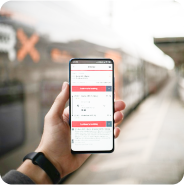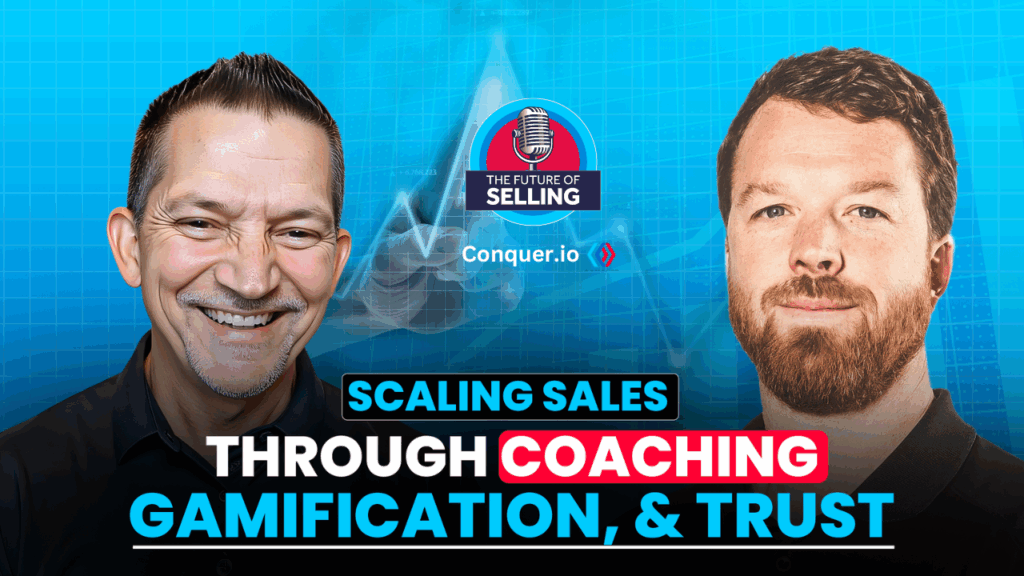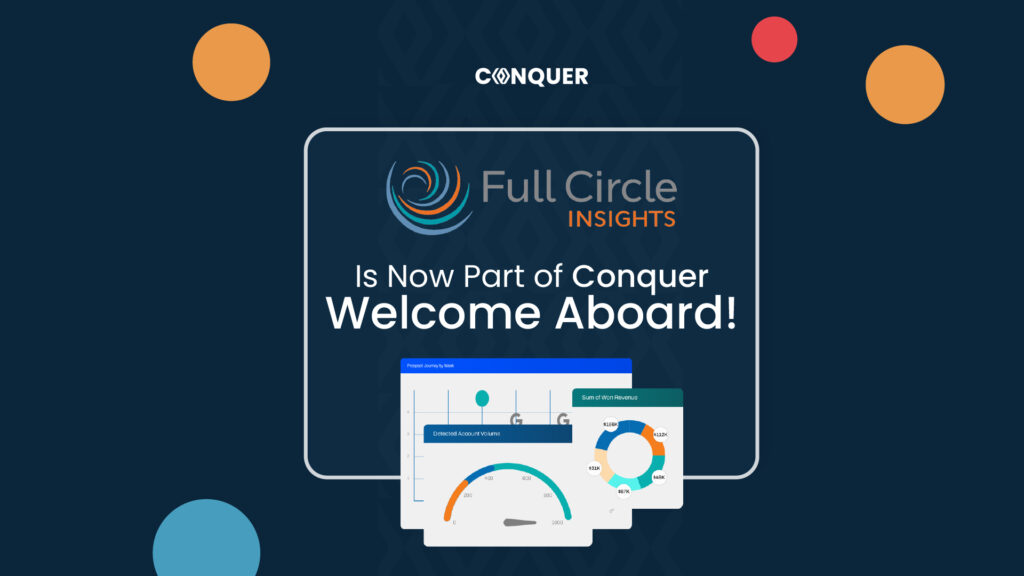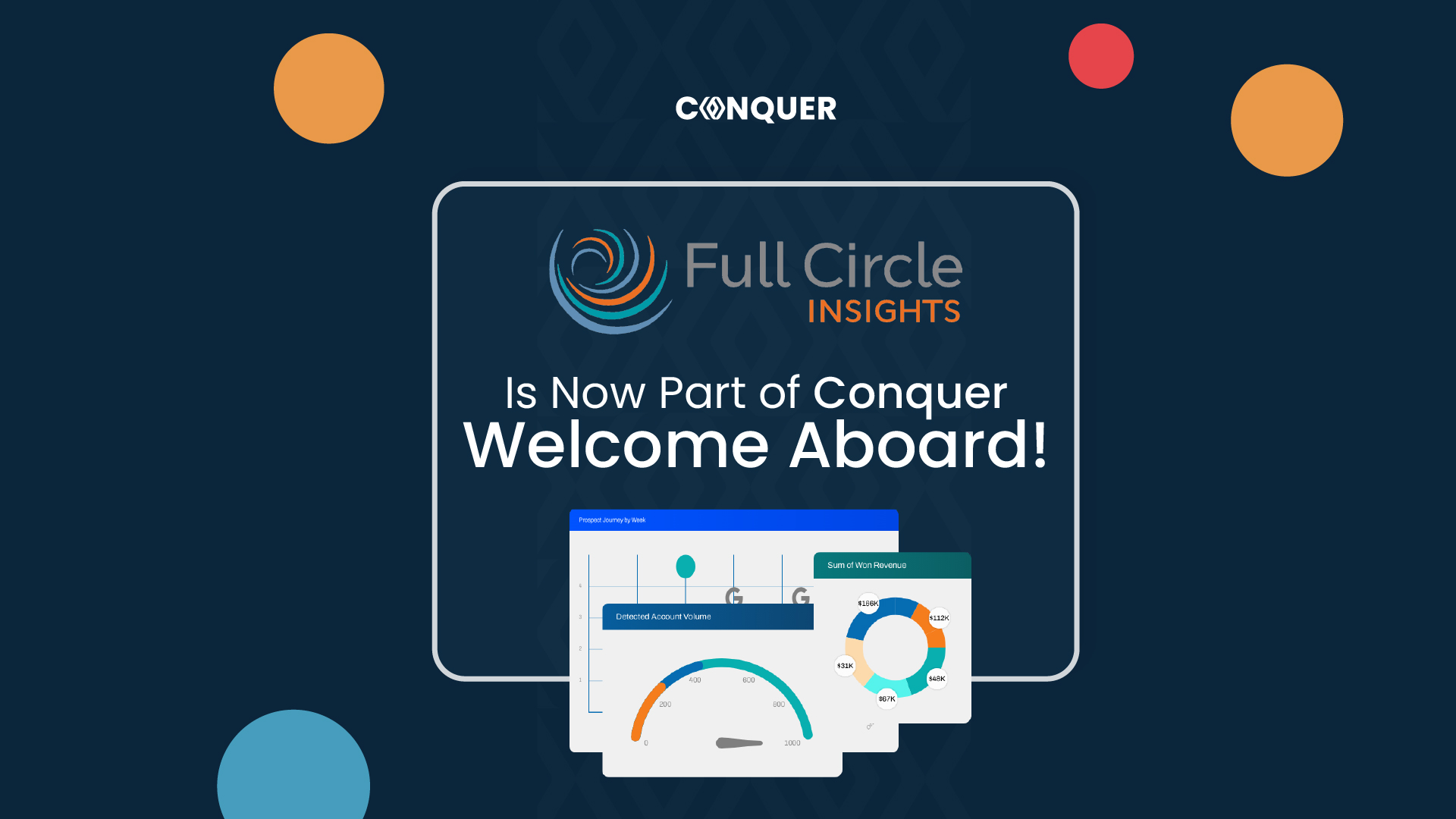Social Selling vs ABM: The Great Debate
The marketing landscape is in constant flux, and what once worked may not be as effective today. This is particularly true for Account-Based Marketing (ABM). Once hailed as a cornerstone of B2B marketing, ABM is now being overshadowed by a new, more dynamic strategy: Social Selling. As buyers evolve and their behaviors shift, so too must the strategies we use to reach them. Social Selling has emerged as the modern approach to generating demand, one that’s more aligned with the way today’s buyers make decisions.
In this blog post, we’ll delve into the great Social Selling vs ABM debate, reasons behind ABM’s decline, the rise of Social Selling, and how you can leverage this new strategy to enhance your demand generation efforts.
The Decline of Traditional ABM
Account-Based Marketing (ABM) has been a reliable method for targeting key accounts with personalized marketing efforts. It’s a strategy that combines the strengths of sales and marketing, focusing on delivering tailored messages to high-value prospects. However, as the digital ecosystem has evolved, so have the expectations and behaviors of buyers.
Traditional ABM approaches, which rely heavily on targeted advertising and segmented email campaigns, are losing their effectiveness in a world where buyers crave more authentic and personalized interactions.
The rise of digital and social media has changed the game. Buyers are now more informed, and their purchasing decisions are increasingly influenced by social media and peer recommendations rather than direct marketing efforts. This shift has led to the decline of ABM as the primary strategy for demand generation.
The Emergence of Social Selling
As ABM wanes, Social Selling is stepping into the spotlight. Social Selling goes beyond the traditional tactics of ABM by focusing on engaging directly with potential buyers on social media platforms. It’s about building relationships, sharing valuable content, and establishing a strong presence in the digital spaces where your target audience spends their time.
Social Selling is particularly powerful because it aligns perfectly with the modern buyer’s journey. Today’s buyers use social media to research products, seek recommendations, and connect with industry experts. By being active on these platforms and engaging with your audience in a meaningful way, you can influence their purchasing decisions long before they enter the formal sales process.
How Social Selling Outshines ABM
So, why is Social Selling taking over as the preferred strategy for demand generation? The key lies in its ability to create personalized, real-time interactions that traditional ABM simply can’t match.
ABM focuses on delivering personalized content to specific accounts, but Social Selling allows for even deeper personalization through direct engagement. Rather than relying solely on email campaigns or targeted ads, Social Selling encourages sales and marketing professionals to connect with prospects on social media, comment on their posts, share relevant content, and start conversations.
This level of interaction builds trust and fosters stronger relationships, ultimately leading to higher conversion rates.
Strategies to Shift from ABM to Social Selling
If you’re ready to transition from traditional ABM to Social Selling, here are some strategies to get you started:
- Enhance Your Social Media Profiles: Your social media profiles should reflect your expertise and value proposition. Ensure that they are professional and optimized to attract and engage your target audience.
- Engage Directly with Key Accounts: Instead of just targeting accounts with ads, actively engage with them on social media. Like, comment, and share their content, and initiate conversations that are relevant to their needs.
- Share Insightful Content: Regularly post content that provides value to your audience. This could be industry insights, how-to guides, or case studies that demonstrate your expertise and help your audience solve problems.
- Use Social Listening Tools: Monitor conversations happening on social media about your industry or key accounts. This will help you identify opportunities to engage and add value where it matters most.
- Personalize Every Interaction: When reaching out to prospects, tailor your messages to their specific needs and challenges. Avoid generic pitches and focus on starting meaningful, personalized conversations.
Tools to Support Your Social Selling Efforts
To make your Social Selling efforts more effective, leverage tools like LinkedIn Sales Navigator, Hootsuite, and other social media management platforms. These tools can help you manage your interactions, track engagement, and analyze results, allowing you to fine-tune your strategy and maximize your impact. Here is a great article from Salesforce.com to dive deeper.
Measuring the Success of Social Selling
Unlike traditional ABM, the success of Social Selling is measured by more than just the number of targeted accounts. Key metrics to track include the growth of your network, engagement rates, and the conversion of social interactions into qualified leads and closed deals. By monitoring these metrics, you can gauge the effectiveness of your Social Selling strategy and make data-driven decisions to improve it.
Conclusion: The Future of Demand Generation is Social Selling
As the digital landscape continues to evolve, so too must our strategies for generating demand. ABM, while still valuable in certain contexts, is no longer the be-all and end-all of B2B marketing. Social Selling has emerged as the new frontier, offering a more personalized, engaging, and effective way to connect with buyers and drive demand. By embracing Social Selling, you can position your business at the forefront of this shift and ensure that your demand generation efforts are not just keeping up, but leading the way.
In summary, Social Selling isn’t just a new trend—it’s the future of demand generation. By adopting this approach, you can build stronger relationships with your prospects, provide them with real value, and ultimately drive more successful sales outcomes. Are you ready to make the shift?
Want to see how Conquer can take your Social Selling strategy to the next level? Schedule a demo of Conquer today.








